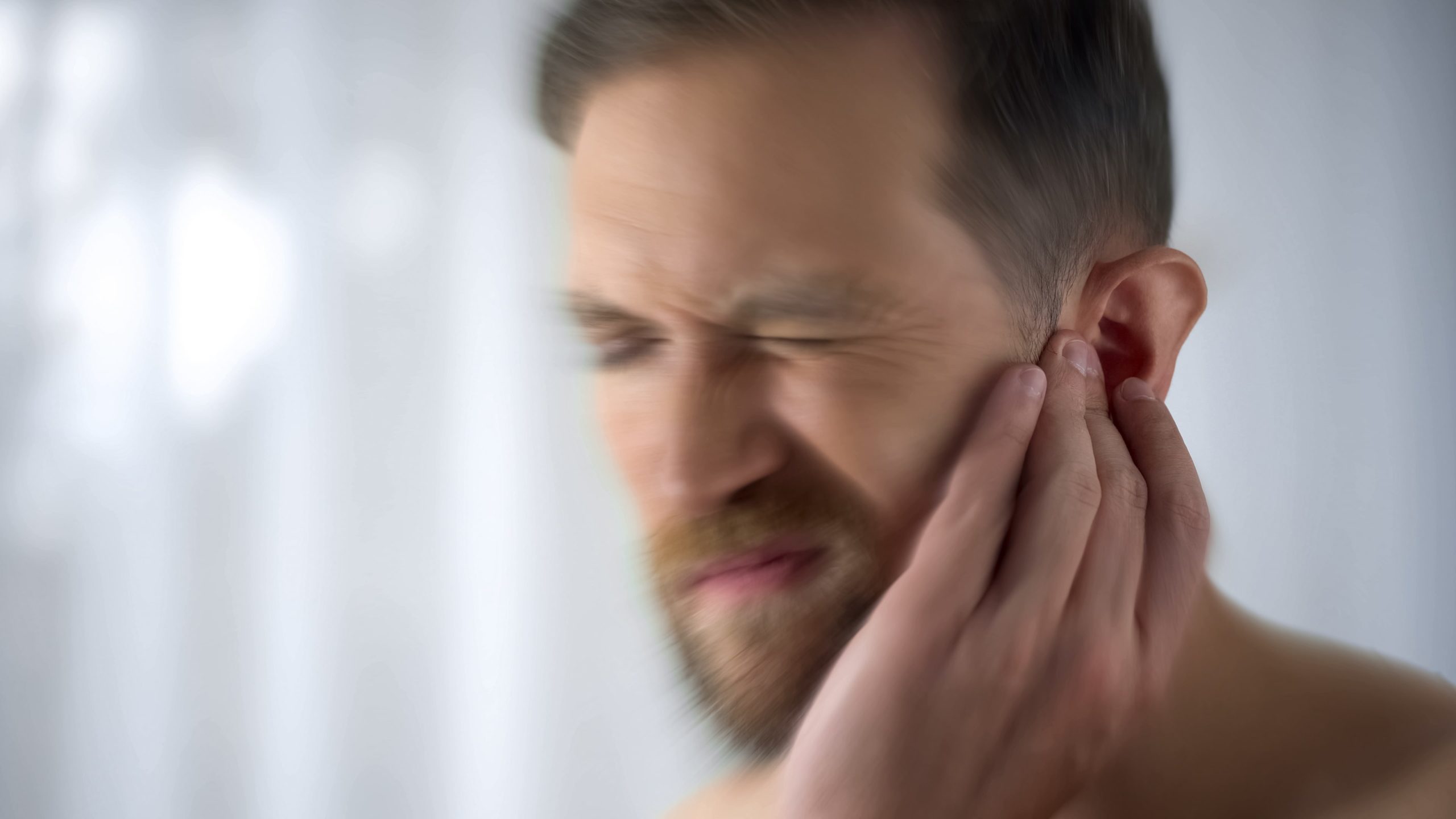 Many people know that Botox is used to soften fine lines and wrinkles. But how many people know that before Botox was used cosmetically, it was used for medical purposes? Initially it was used to treat strabismus, an eye condition, and cervical dystonia, a problem with contractions of neck muscles.
Many people know that Botox is used to soften fine lines and wrinkles. But how many people know that before Botox was used cosmetically, it was used for medical purposes? Initially it was used to treat strabismus, an eye condition, and cervical dystonia, a problem with contractions of neck muscles.
Now doctors are also using Botox to treat chronic migraine headaches. The Food and Drug Administration approved Botox to treat these terrible headaches in 2010.
What Are Migraine Headaches?
Migraine headaches are usually severe headaches, and the classic migraine affects just one side of the head.
Migraine has as many as five stages. In the prodromal stage, the patient has warning signs that include mood changes and changes in their appetite and energy levels. This is followed by an aura, which happens within an hour of an attack. The most common symptom of a migraine aura is visual disturbances such as zig-zagging flashes of light. This is followed by the pain of the headache, which brings nausea, vomiting and sensitivity to sound and light.
After the headache, the patient is often exhausted and weak. Most people who have migraines are those who have a family history of migraines, with women being affected more often than men. People who have chronic migraines can have them at least 14 days out of a month, and the headaches usually last at least four hours.
What Is Botox?
Botox is a purified form of the botulinin toxin, which is the same toxin that causes botulism. Botulism is often heard of as a type of food poisoning. It is dangerous because the toxin can spread to the person’s central nervous system and interrupt neurotransmitters. Some of these neurotransmitters regulate breathing and other vital functions. However, doctors found out that the ability of the toxin to interrupt nerve signals can also be beneficial.
The Botox that is given to patients for medical or cosmetic reasons is highly purified. It is also very diluted and no longer contains bacteria. The medical use of Botox can provide lasting relief from several medical problems, including chronic migraines.
How Botox Can Help With Migraines
Medical professionals believe that the Botox toxin interrupts pain signals in the trigeminovascular system, which is linked to migraine headaches. The neurological event of a migraine headache involves chemical signals that Botox can block and stop from affecting the nerves.
The treatment for chronic migraine is given every 12 weeks for a little over a year. During a session, the doctor injects Botox into the head and neck of the patient. Fine needles are used, and they penetrate certain muscles just beneath the skin. The doctor or medical practitioner may give the patient over 30 injections in seven areas, including:
- Frontalis muscle
- Corrugator muscle
- Procerus muscle
- Occipitalis muscle
- Temperalis muscle
- Trapezius muscle
- Cervical paraspinal muscle group
Each session lasts about 15 minutes.
Contact AZ-TMJ Today
Thousands of people who suffer from debilitating chronic migraines have found relief in Botox injections. If you’re in the Phoenix, Arizona area and have chronic migraines, you should set up a consultation at the Head Pain Institute®.
Our specialists have training in how and where to administer Botox and has been able to provide lasting relief to his migraine patients. Call Head Pain Institute® for a consultation at 480-945-3629 today.



